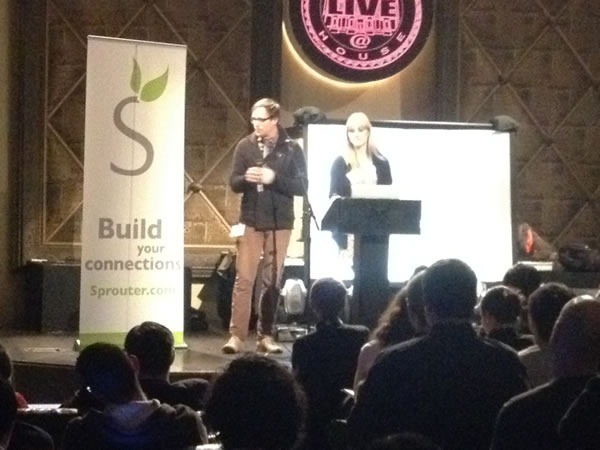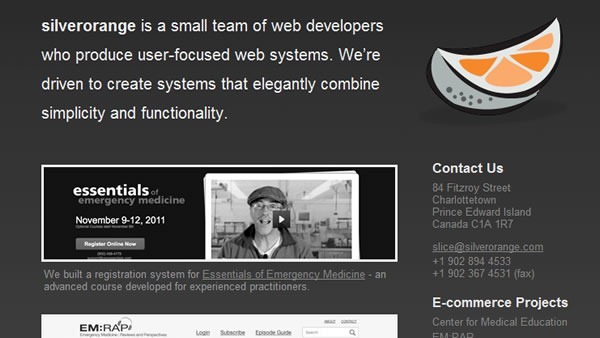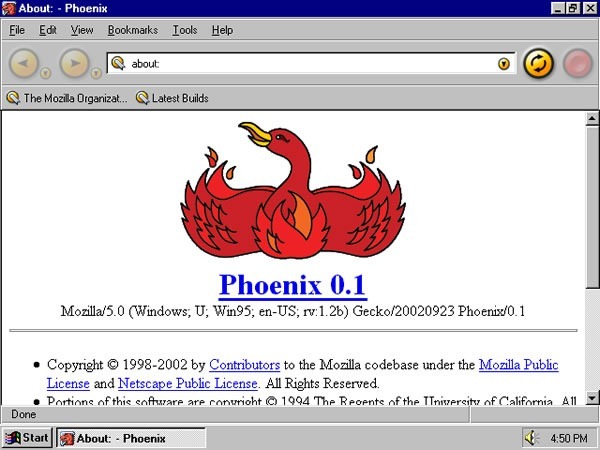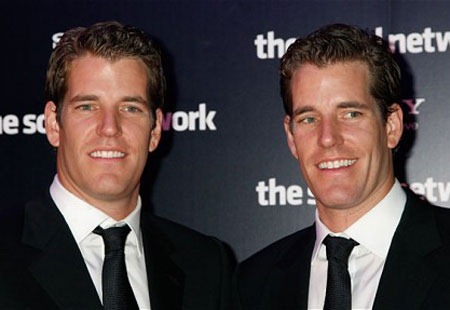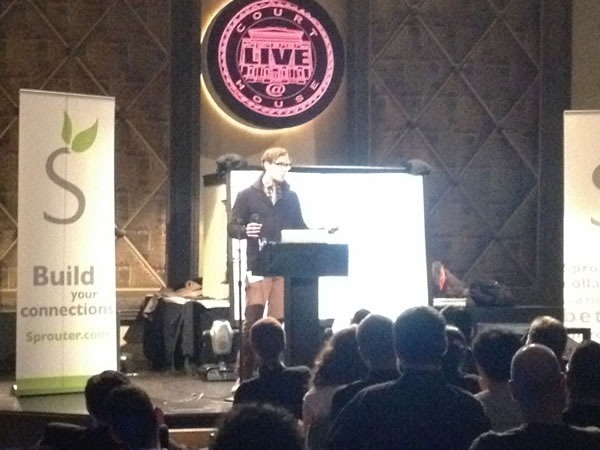My old main axe from my Microsoft days, the Dellasaurus (a Dell Precision M6500).
Click the photo to see the original article.
Dell says that they’re getting out of the consumer PC business and focusing on enterprise IT. As far as I’m concerned, they’ve been doing that for years. I’ve gotten to experience a lot of Dell hardware over the past decade, but especially during my two-and-a-half-year stint as a Microsoftie, where Dell Canada was my hardware sponsor. Just look at their catalogs: there’s an “enterprise first” mentality in the way they’re designed. They’re pretty solid machines, but they’re the computers that the IT department makes you use rather than the computers you want to use. When it comes to so-called “consumer” machines, Dell’s been thrashing about cluelessly from netbooks (and you probably know what I think of them) to “ultrabooks” to “slates” to phones.
15 years ago, when Dell was riding high, Michael Dell made his now-infamous comment about 1997-era Apple and Steve Jobs’ return (remember, it was believed he was going to be the CEO to finally kill the company): “What would I do now? I’d shut it down and give the money back to the shareholders.” He’s going to get that quote thrown right at him over the next couple of weeks, and it seems that he already has a response to that. When poked about this at Web 2.0 Summit back in October, he claimed that his answer was misconstrued: what he meant was that he’d never even consider being CEO of another company. Such nakedly transparent backpedalling calls for an Orson Welles slow clap:
Of course, Dell will be fine: the enterprise market’s a big one, judging from how much money people gladly pay to willingly inflict SharePoint on themselves. It’s just not as visible to the consumer market, nor is it as exciting (part of the reason I got out of that racket). With their shift to enterprise and away from consumer and things like their 2009 acquisition of the IT company Perot Systems, it looks as if they’re going to become an IBM – just without the cool research projects. Perhaps it’s more accurate to think of them as an Accenture with a hardware division.




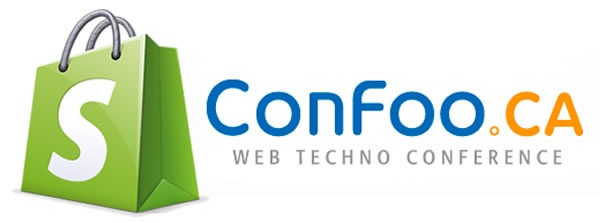


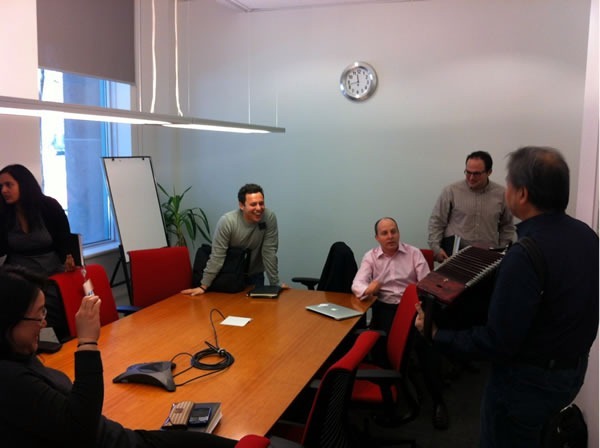
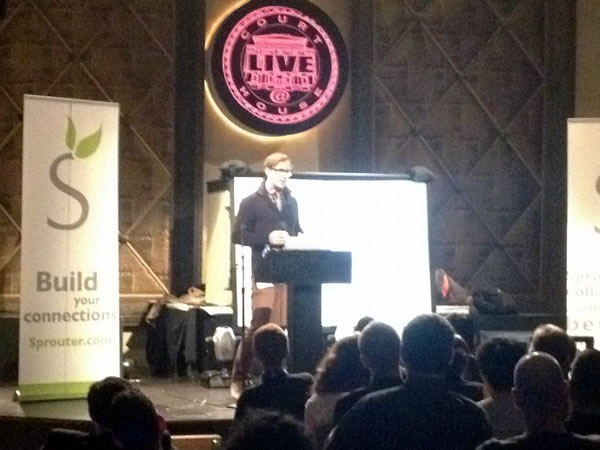
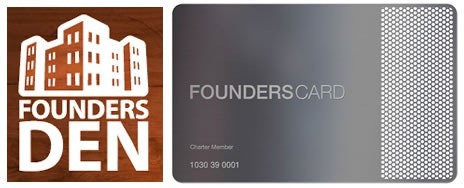
 Wilson Miner at the Build Conference.
Wilson Miner at the Build Conference.